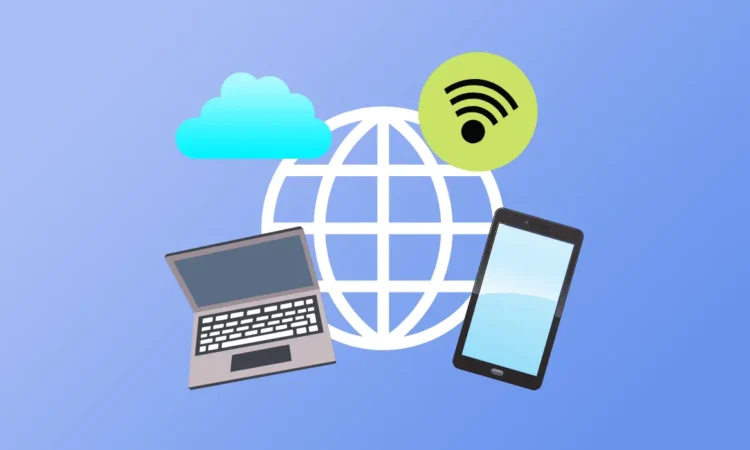The number of Canadians who are online has increased since the advent of the Internet. In 2021, about 91% of the population used the internet on a daily basis. Projections indicate that the number of internet users will reach nearly 99% by the end of the year 2026.
The purpose of using the Internet lies mainly in information, communication, and entertainment. Social Media and gaming on websites such as https://tonybet.com/ca/live is becoming increasingly popular.
Time spent in front of a screen varies from less than an hour to more than twelve hours. Most Canadians are online between one and two hours (16%), three and four (26%) or five and six hours (19%).
CHANGES BROUGHT ABOUT BY COVID-19
The vast majority of Canadian households have internet access at home. About 90% have a stable connection as of 2018. The reasons for the other 10% vary from simply no need, to the cost of internet services, to spending on equipment (router and so on).
It is noticeable that social media and virtual meeting services are gaining prominence in Canadians’ daily lives. As a result of the Covid-19 outbreak, everything has been moved to an online format. Work, study and, of course, social life. Online meetings were no longer limited to friends and families who lived abroad, but also to those who lived just across town. This format will most likely continue after the pandemic is contained.
Another consequence of the closures and restrictions is the development of the Internet for educational purposes. The way to do research changed from using libraries and books to online libraries.
DIFFERENCES BETWEEN REGIONS
There are some obvious differences in Internet connection speeds across regions. This may be an infrastructural indicator for the government in Ottawa.
Newfoundland and Labrador has by far the fastest connection at 321.3 Mbps, followed by NewBrunswick and Saskatchewan. Ontario and Mantibu have a relatively slow connection, only 92.7 Mbps and 75.5 Mbps, respectively. This may be due to the different levels of infrastructural development of telecommunications in the regions. Considering the vast landscapes of the Canadian periphery. The different investments made in each region may also be an indicator of the differences in download quality.
Most households in the higher-speed regions typically have a download rate of 50 Mbps, which is the average in well-developed countries such as Canada.
INTERESTING FACTS
The trend toward mobile data plans has become increasingly prevalent in recent years. This can also be observed in Canada. 81% of residents in a metropolitan area have such a mobile data plan, 71% of residents outside such an area. 1.5% of Canadians use this as an alternative to an Internet connection at home.
In recent years, online banking and online shopping on the Internet have increased significantly. Use of the Internet as a pure entertainment tool has declined, as have online streaming platforms, which are very popular but have not seen the same growth.


